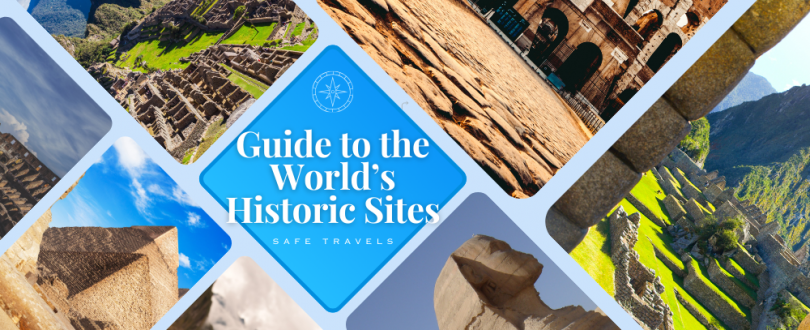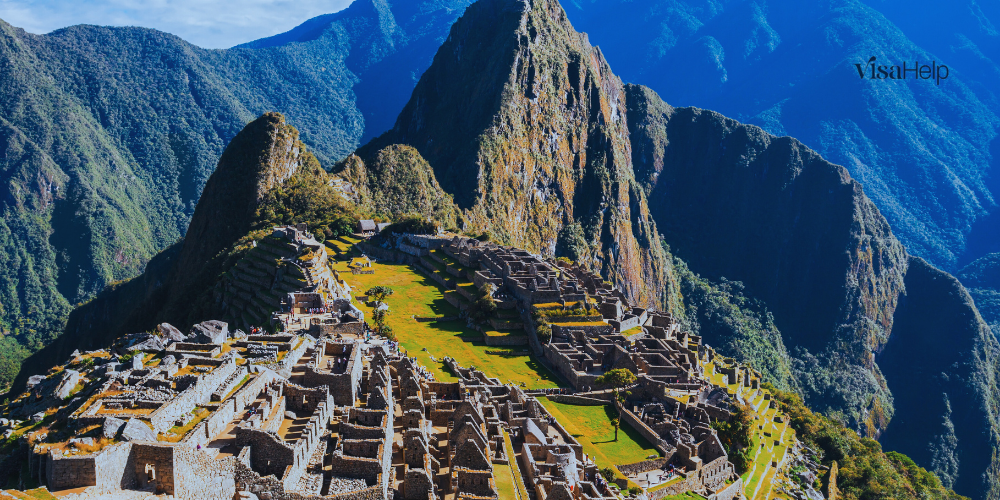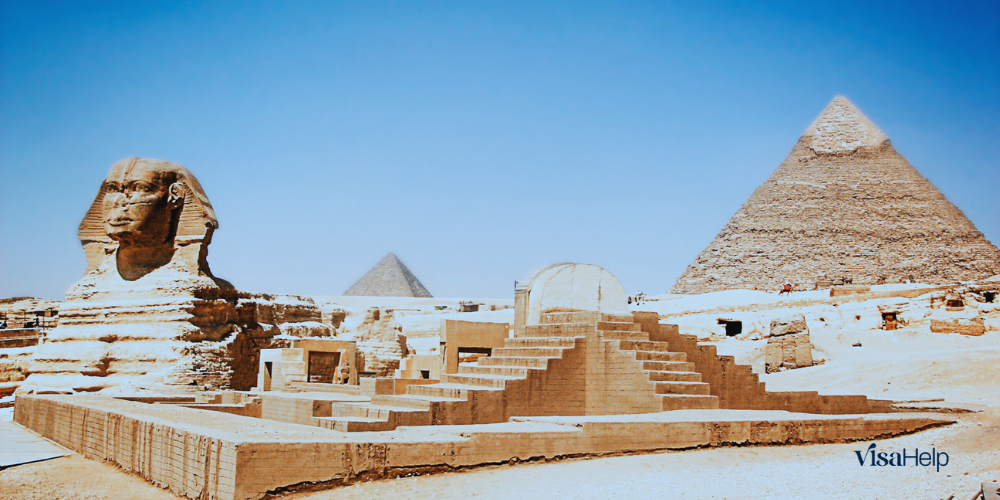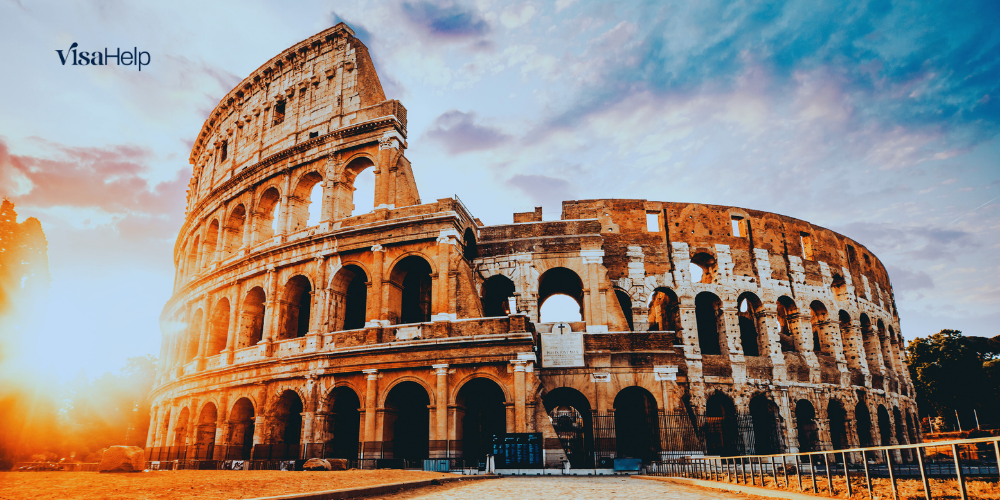
Exploring ancient ruins is like stepping back in time, offering a unique glimpse into the past civilizations that have shaped our world. From the majestic remnants of the Roman Empire to the mysterious ruins of the Mayan civilization, these sites tell stories of human ingenuity, art, and culture. If you’re planning to embark on a journey to explore these historic wonders, here’s a comprehensive guide to help you make the most of your adventure.
The Significance of Ancient Ruins
Exploring ancient ruins is more than just a journey through old stones and relics; it’s an expedition into the heart of human history.
- Windows to the Past: These ruins provide us with tangible links to our ancestors, offering insights into their lives, cultures, and societies.
- Cultural Significance: Each ruin tells a story of the civilization it belonged to, from its architectural advancements to social structures and daily life.
- Educational Value: Visiting these sites educates us about the evolution of human civilizations, helping us appreciate the diversity and complexity of our shared history.
Preparing for Your Visit
A well-prepared visit can significantly enhance your experience at ancient ruins.
- Research: Before you visit, research the site’s history and significance. Understanding the background can enrich your experience.
- Local Guides: Consider hiring a local guide who can provide detailed information and lesser-known facts about the site.
- Practicalities: Check the weather forecast, dress appropriately for the terrain, and carry essentials like water, snacks, and a first-aid kit.

UNESCO World Heritage Sites: Must-Visit Ruins
UNESCO World Heritage Sites are recognized for their outstanding universal value and are must-visits for any history enthusiast.
- Machu Picchu, Peru: This Inca citadel set high in the Andes Mountains is known for its archaeological significance and breathtaking views.
- Pyramids of Giza, Egypt: The only one of the Seven Wonders of the Ancient World still in existence, the pyramids offer a glimpse into ancient Egyptian civilization.
- Roman Colosseum, Italy: An iconic symbol of Imperial Rome, this ancient amphitheater showcases Roman engineering prowess and cultural importance.
Understanding Archaeology and Preservation
Archaeology and preservation are key to keeping ancient ruins intact for future generations.
- Archaeology’s Role: Archaeologists help unearth and interpret these sites, giving us invaluable information about past human activities.
- Preservation Challenges: Many ancient sites face threats from environmental conditions, human neglect, and tourism. Preservation efforts aim to protect and maintain these historical treasures.

Exploring Diverse Civilizations
Ancient ruins across the globe offer a panorama of diverse civilizations.
- Greece: Home to ruins like the Acropolis and Delphi, Greek ruins provide insight into the birthplace of democracy and Western philosophy.
- Mayan Civilization: Sites like Chichen Itza in Mexico offer a glimpse into the advanced astronomical and architectural knowledge of the Mayans.
- Roman Empire: Extending beyond Italy to places like Baalbek in Lebanon and Segovia in Spain, Roman ruins showcase the vastness and influence of the ancient Roman Empire.
The Role of Restoration in Historic Sites
Restoration plays a pivotal role in the conservation and preservation of ancient ruins, ensuring that these historic treasures endure for future generations.
- Preservation vs. Restoration: Preservation focuses on protecting and stabilizing a site, while restoration involves reconstructing or rebuilding parts of a ruin to a previous state.
- Authenticity and Integrity: A key challenge in restoration is maintaining the site’s authenticity and historical integrity. This often requires a delicate balance of using traditional techniques and materials.
- Public Access and Education: Restorations make these sites more accessible and understandable to the public, often incorporating walkways, information boards, and visitor centers.
Respecting Site Etiquette
Visiting ancient ruins comes with the responsibility of respecting the site and its historical significance.
- Follow Guidelines: Adhere to all posted rules, such as not climbing on fragile structures or touching artifacts.
- Preserve the Site: Avoid leaving any trash behind, and do not remove any stones or artifacts from the site.
- Cultural Sensitivity: Be mindful of the cultural and historical significance of the site, especially if it holds sacred or religious importance to local communities.
Enhancing the Experience with Technology
Technology can greatly enhance the experience of visiting historic ruins, bringing history to life in innovative ways.
- Augmented Reality (AR): AR apps can reconstruct ruins to their former glory on your screen, providing a vivid picture of what they once were.
- Virtual Guides: Smartphone apps can offer audio tours, detailed maps, and historical context, enriching the visitor experience.
- Online Resources: Before visiting, explore websites and online museums that offer virtual tours and extensive historical information.

Beyond the Ruins: Understanding Local Cultures
The areas surrounding ancient ruins often have rich local cultures and traditions that are worth exploring.
- Engage with Local Communities: Visiting local villages and interacting with residents can provide deeper insights into the region’s current culture and its historical context.
- Local Cuisine and Crafts: Trying local food and purchasing artisan crafts not only supports the local economy but also enriches your cultural experience.
- Festivals and Events: Participate in or observe local festivals and events if available, as they often celebrate historical and cultural traditions.
Photography Tips for Capturing Ancient Ruins
Capturing the essence of ancient ruins through photography can be both challenging and rewarding.
- Lighting: The best times for photography are usually early morning and late afternoon when the light is softer.
- Perspective: Experiment with different angles and perspectives to capture the scale and details of the ruins.
- Respect the Site: Always prioritize the preservation of the site over getting the perfect shot. Use zoom lenses to capture close-ups without disturbing the site.
Visiting ancient ruins is a journey through time, filled with wonder and discovery. As you plan your travels to these historic sites, navigating visa requirements can be a daunting task. VisaHelp offers specialized assistance in visa applications, ensuring you have the right documentation for a hassle-free travel experience. Whether you’re gazing at the stars from an ancient observatory or walking through a medieval fortress, each ruin has a story to tell. Embrace these experiences with a respectful and curious spirit, and let the past inspire your travels.
Have you visited any historic ruins that left a lasting impression on you? Share your experiences or any tips you have for fellow travelers in the comments below!

